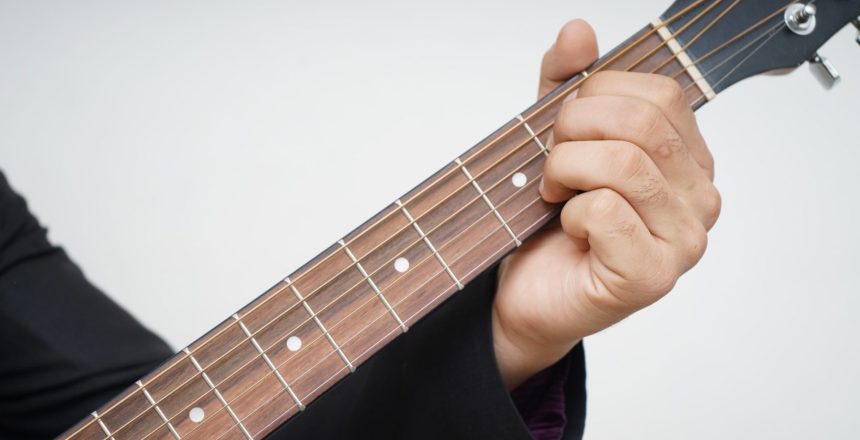A chord progression is a series of chords played in a specific order, and it is an essential element of music. Whether you are a beginner musician or an experienced pro, understanding “what is a chord progression?” is essential for writing, improvising, and playing music. In this article, we will explore the basics of chord progressions and provide examples to help you get started.
What is a chord?
Before we dive into “what is a chord progression?”, it is important to understand what a chord is. A chord is a group of three or more notes played together, and it is an essential element of harmony in music. There are many different types of chords, including major chords, minor chords, diminished chords, and augmented chords, each with its own unique sound and characteristics.
Chords are typically built from scales, and the notes in a chord are chosen based on their relationship to the root note of the chord. For example, a C major chord consists of the notes C, E, and G, which are the first, third, and fifth notes of the C major scale.
What is a chord progression?
A chord progression is a series of chords played in a specific order, and it is an essential element of music. Chord progressions provide the foundation for melodies and harmonies, and they can be used to create a wide range of musical styles and emotions.
There are many different types of chord progressions, and they can range from simple to complex, depending on the style of music and the musician’s goals. Some common chord progressions include the 12-bar blues progression, the 50s progression, and the Pachelbel Canon progression.
Examples
One of the simplest chord progressions is the I-IV-V progression, which consists of the chords built on the first, fourth, and fifth scale degrees of a major scale. For example, in the key of C major, the I-IV-V progression would be C major, F major, and G major. This progression is commonly found in many popular songs, such as “Twist and Shout” by The Beatles.
Another common chord progression is the ii-V-I progression, which consists of the chords built on the second, fifth, and first scale degrees of a major scale. In the key of C major, the ii-V-I progression would be D minor, G major, and C major. This progression is often found in Jazz music and is known for its strong sense of forward motion.
There are many other chord progressions that can be used in music, and the specific progression used can greatly affect the overall sound and feel of a song. For example, a minor key chord progression may create a sad or moody atmosphere, while a major key progression may create a happy or upbeat feeling. Chords also make for a great foundation for the creation of melodies. Experimenting with different chord progressions can be a great way for beginners to get a feel for how chords and harmony work in music – so take some time to play around with chord progression on your favorite instrument or DAW, and you’ll get to know chord progressions on a whole new level.





